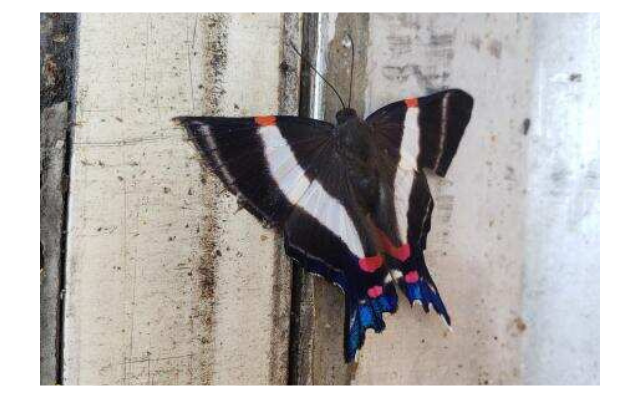U.S. CBP intercepts Saunders 1850 in pineapple shipment

U.S. Customs and Border Protection Agriculture Specialists discovered a butterfly larvae pest while inspecting a container of pineapples from Costa Rica.
Informally known as Saunders 1850, the larvae were found at the Port of Gulfport in September.
Due to the potential impact on U.S. agriculture, the shipment of pineapples worth US$15,000 was destroyed.
The USDA Animal and Plant Health Inspection Service officially identified the larvae as Ancyluris jurgensenii jurgensenii (Saunders, 1850) (Riodinidae) a reportable and actionable pest as well as a first in the nation find.
Larvae of the Riodinidae or Metalmark family have been known to feed on many plants such as pineapples, legumes, sunflowers and ginger. Their typical habitat is an Amazonian tropical rainforest.
"These butterflies, while they may be attractive to the eye, have no place in the Gulf Coast or United States and their introduction could lead to unpredictable results in our ecosystem," Anthony Acrey, Area Port Director of Mobile said.
“This interception illustrates one of the many hats CBP wears and highlights the diligent work CBP agriculture specialists do on a daily basis to fulfill CBP’s agriculture mission, which is vital in preventing foreign pests from establishing in the United States."
Pests that are not known to occur in the U.S. may be detrimental to the nation’s agriculture industry.
CBP agriculture specialists have extensive training and experience in the biological sciences and in agricultural inspection. They inspect tens of thousands of international air passengers and air and sea cargo being imported to the United States.
These seizures took place within the New Orleans Field Office, which covers ports of entry throughout the states of Louisiana, Mississippi, Alabama, Arkansas and Tennessee.









































